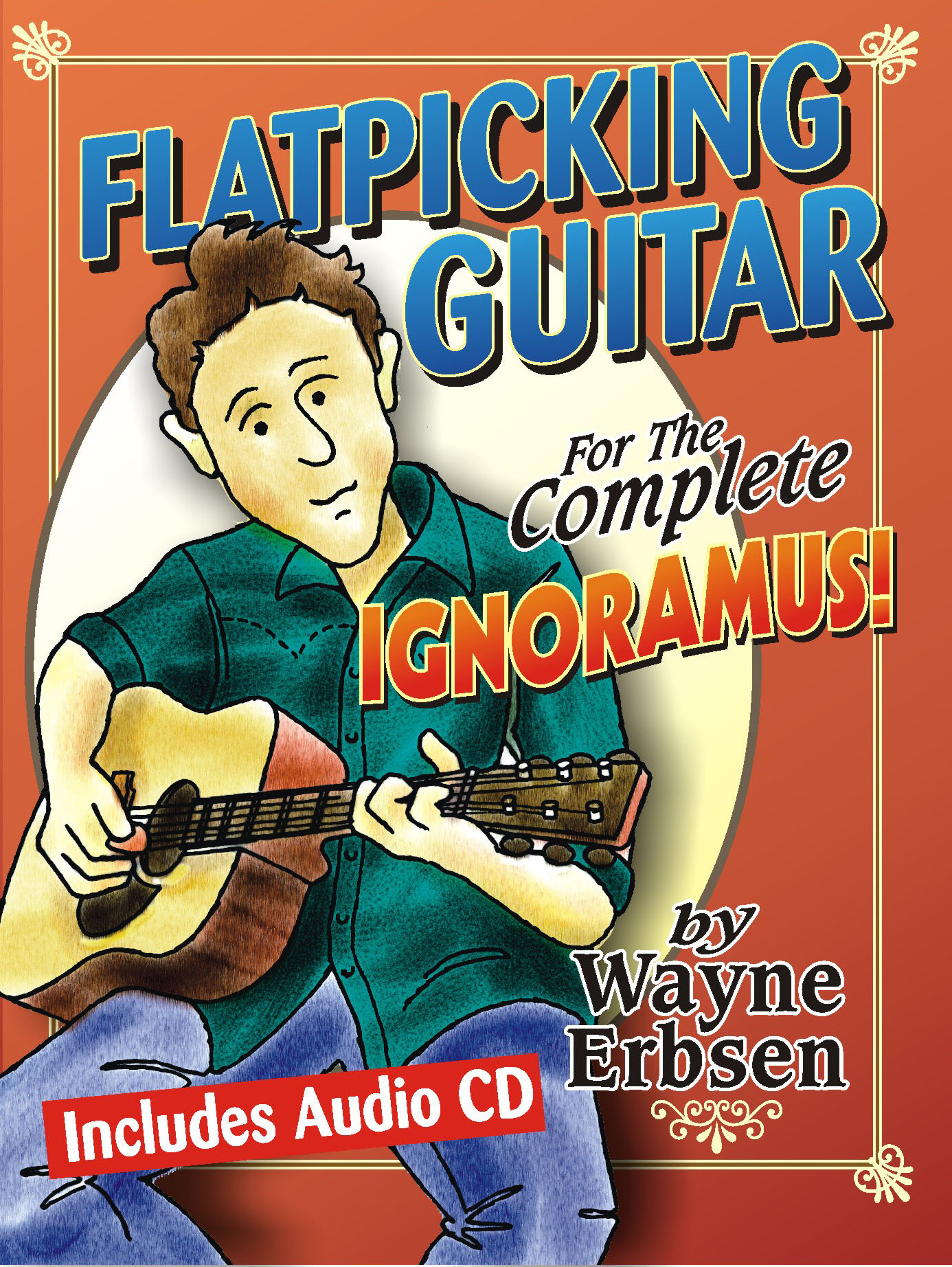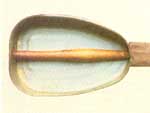Rosin is made from the sap of pine trees. Live trees are wounded, and the sap is collected for processing. The larch conifer is used most often for violin rosin, but only a small portion of all collected pine sap finds it way to the musical world.
Most rosin in its basic form is similar. Manufacturers add compounds to tweak rosin for particular fiddlers’ needs. Dark rosin has tar added to make it softer, which makes the rosin stickier and suitable for colder climates. A small amount of beeswax is sometimes added to help lessen the harmonic squeak caused by




 Well, right off, those pear-shaped tins reminded me of mandolins (we musicians tend to see music in almost everything), and that got me to thinking about the banjo-like instrument I’d once made out
Well, right off, those pear-shaped tins reminded me of mandolins (we musicians tend to see music in almost everything), and that got me to thinking about the banjo-like instrument I’d once made out 